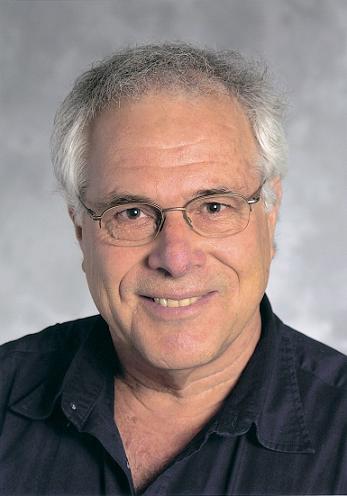The spread of metastases is the most dangerous and deadly stage of cancer. Prof. Zelig Ashchar, Head of the Department of Immunology at the Weizmann Institute of Science, discovered and successfully tested a way to direct anti-cancer treatment to these deadly metastases.

The spread of metastases is the most dangerous and deadly stage of cancer. Thus, for example, prostate cancer, which is considered one of the main causes of death in men in developed countries, reaches its lethal stage when it sends cells that establish cancerous metastases in the bones. Prof. Zelig Ashchar, Head of the Department of Immunology at the Weizmann Institute of Science, discovered and successfully tested a way to direct anti-cancer treatment to these deadly metastases.
The treatment is based on cells of the immune system that undergo special "training" through genetic engineering, and as a result are equipped with a unique combination of navigation and warfare that increases their ability to identify and kill the cells of cancer metastases. It is a combination of the two main tools used by the immune system in its war against foreign invaders and disease agents that enter the body. The first tool is the antibodies that recognize specific molecules displayed on the outer membranes of cells infected with viruses, original cancer cells, cancer cells migrating in the bloodstream on their way to establish metastases, as well as disease-causing bacteria. The second tool is T-type white blood cells, which are able to kill cells identified as "enemy", but in practice they are able to identify as "enemy" only a minority of the cancerous tumors. In other words, the antibodies excel at identifying the enemy, but have difficulty killing it, while the T cells excel at killing enemy cells, but have difficulty identifying them. Prof. Ashhar found a way to combine these two abilities. In order to do this, he created - using methods of genetic engineering - a special receptor that is displayed on the membranes of T cells, and which excels in recognition similar to that of an antibody. Thus, in fact, he managed to create fighting cells capable of effectively identifying the cancer cells (the original or metastatic ones) and killing them.
This study was carried out in immunocompromised mice, in which human cancer tumors were implanted, and into which human T cells equipped with the engineered receptor were injected. Thus, in an experiment that was actually performed on mice, the scientists examined the working methods of human biological systems. However, in the first stages of the research, the cells trained to fight cancer had difficulty locating the metastasis cells that were located in the bones. To overcome this difficulty, the scientists treated the mice - in advance - with a certain chemical drug, as well as small doses of radiation (which does not affect the cancer).
These two preliminary treatments cause short-term damage to the bone marrow, where the cancer metastases cells are located, and where the cells trained to fight the cancer cells are supposed to reach. As a result of the preliminary treatments (chemical treatment or a little radiation), distress signals are sent to the bone marrow, the purpose of which is to recruit help from the immune system. But those signals are also picked up by the cells that fight cancer, and direct them to their target: the sites where the cancer cells establish cancer metastases. These signals also help the fighting cells to cross barriers that prevent them from penetrating into the bone marrow.
In mice that received one of the two preliminary treatments, and then received a dose of engineered T cells, directed to their target using a method developed by Prof. Ashhar, a significant destruction of the cancer metastases was evident. In some of them, a regression in the size of the tumor and a complete remission of the cancer was achieved, which lasted until the end of the study. This method of operation may be particularly suitable for cancer patients who are at a stage where they do not respond to standard treatments. Because of this, the scientists hope that soon it will be possible to test the method in clinical trials.
In these studies, the last of which was published these days in the scientific journal Journal of Clinical Investigation, scientists from the Weizmann Institute collaborated with Dr. Jonathan Pinthus from the Sheba Sheba Medical Center in Tel Hashomer.
